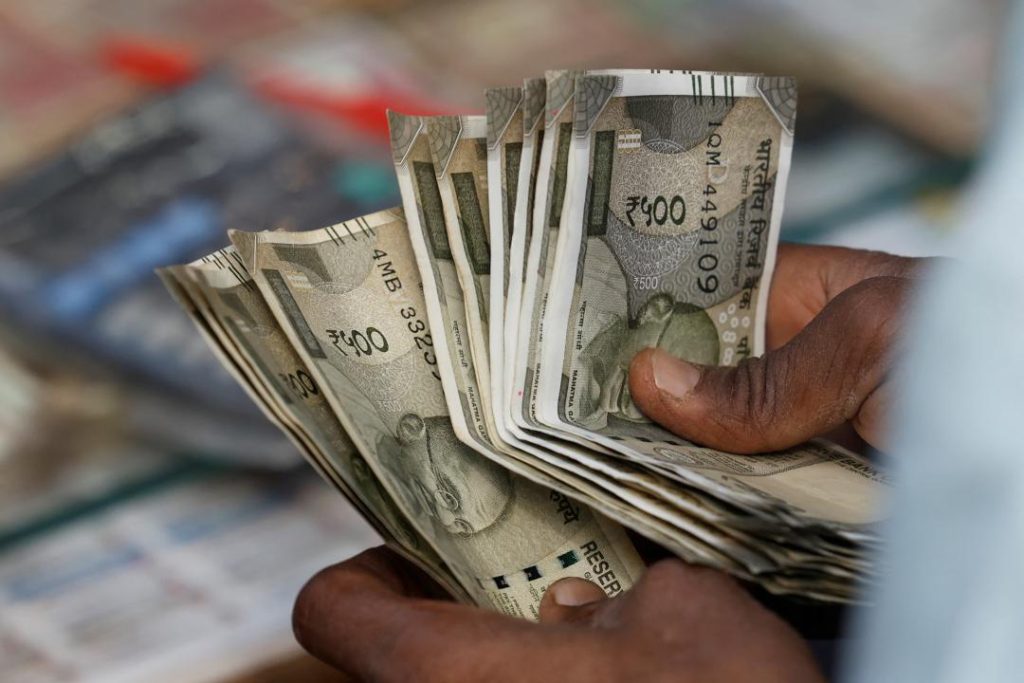
What Got Cheaper & Costlier in March as CPI Falls to 67-Month-Low of 3.34%?
India’s retail inflation, as measured by the Consumer Price Index (CPI), has fallen to a 67-month-low of 3.34% in March. This significant decline is a welcome respite for consumers, who have been grappling with rising prices for the past few months. The CPI, which measures the average change in prices of a basket of goods and services, has been steadily declining since January, indicating a slowing pace of inflation.
According to the data released by the Ministry of Statistics and Programme Implementation, the CPI for March 2023 stood at 3.34%, down from 4.93% in February. The decline in inflation is attributed to a range of factors, including a decrease in prices of essential commodities such as eggs, vegetables, and pulses.
Eggs, Vegetables, and Pulses: The Big Losers
Prices of eggs, vegetables, and pulses saw considerable declines in March, with the prices of eggs falling by 4.1%, vegetables by 2.4%, and pulses by 2.2%. These commodities are staples in most Indian households, and the decline in prices is likely to be a major relief for consumers.
The fall in prices of eggs, vegetables, and pulses is attributed to a combination of factors, including a decline in demand, increased supply, and a drop in international prices. For instance, the prices of eggs have been declining due to a surplus in production, while the prices of vegetables have come down due to a good harvest season. Pulses, on the other hand, have seen a decline in prices due to a reduction in imports and a rise in domestic production.
Spices, Meat, Fish, Housing, Recreation, and Amusement: Marginal Decline
While the prices of eggs, vegetables, and pulses saw a significant decline, the prices of other commodities such as spices, meat, fish, housing, recreation, and amusement saw a marginal decline. The prices of spices, for instance, fell by 0.1%, while the prices of meat, fish, and poultry products declined by 0.2%.
The prices of housing, recreation, and amusement also saw a marginal decline, with the prices of housing falling by 0.1%, recreation by 0.2%, and amusement by 0.1%. These commodities are considered essential for a good quality of life, and the decline in prices is likely to be a welcome respite for consumers.
Fruit Prices See a Sizeable Jump
In contrast, the prices of fruits saw a sizeable jump in March, with the prices of fruits increasing by 3.1%. This is likely due to a combination of factors, including a decline in production, increased demand, and a rise in international prices.
The jump in fruit prices is a concern, as fruits are an essential part of a healthy diet. The increase in prices of fruits is likely to have a disproportionate impact on low-income households, who already struggle to access affordable fruits.
Other Commodities: Marginal Rises
The prices of other commodities such as cereals, milk, oil, sugar, confectionery, clothing, snacks, sweets, pan, tobacco, footwear, fuel, health, and education saw marginal rises in March. The prices of cereals, for instance, rose by 0.1%, while the prices of milk, oil, sugar, and confectionery rose by 0.2%.
The prices of clothing, snacks, sweets, pan, tobacco, footwear, fuel, health, and education also saw marginal rises, with the prices of clothing rising by 0.1%, snacks by 0.2%, sweets by 0.1%, pan by 0.2%, tobacco by 0.1%, footwear by 0.1%, fuel by 0.2%, health by 0.1%, and education by 0.2%.
Conclusion
The decline in retail inflation to a 67-month-low of 3.34% is a welcome respite for consumers, who have been grappling with rising prices for the past few months. The decline in prices of essential commodities such as eggs, vegetables, and pulses is likely to be a major relief for consumers, who have been struggling to access affordable food.
While the prices of some commodities such as fruits and cereals saw a marginal rise, the overall decline in inflation is a positive sign for the economy. The Reserve Bank of India (RBI) is likely to take note of this decline and may consider reducing interest rates to boost economic growth.
Source:






